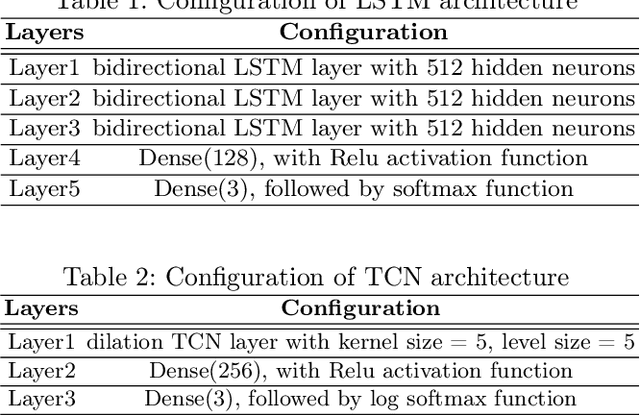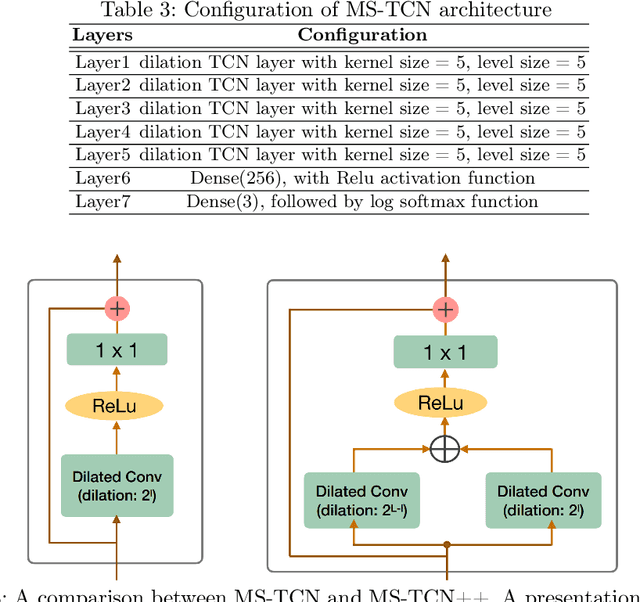Pengbo Wei
General Debiasing for Graph-based Collaborative Filtering via Adversarial Graph Dropout
Feb 21, 2024Abstract:Graph neural networks (GNNs) have shown impressive performance in recommender systems, particularly in collaborative filtering (CF). The key lies in aggregating neighborhood information on a user-item interaction graph to enhance user/item representations. However, we have discovered that this aggregation mechanism comes with a drawback, which amplifies biases present in the interaction graph. For instance, a user's interactions with items can be driven by both unbiased true interest and various biased factors like item popularity or exposure. However, the current aggregation approach combines all information, both biased and unbiased, leading to biased representation learning. Consequently, graph-based recommenders can learn distorted views of users/items, hindering the modeling of their true preferences and generalizations. To address this issue, we introduce a novel framework called Adversarial Graph Dropout (AdvDrop). It differentiates between unbiased and biased interactions, enabling unbiased representation learning. For each user/item, AdvDrop employs adversarial learning to split the neighborhood into two views: one with bias-mitigated interactions and the other with bias-aware interactions. After view-specific aggregation, AdvDrop ensures that the bias-mitigated and bias-aware representations remain invariant, shielding them from the influence of bias. We validate AdvDrop's effectiveness on five public datasets that cover both general and specific biases, demonstrating significant improvements. Furthermore, our method exhibits meaningful separation of subgraphs and achieves unbiased representations for graph-based CF models, as revealed by in-depth analysis. Our code is publicly available at https://github.com/Arthurma71/AdvDrop.
Vision-Based Activity Recognition in Children with Autism-Related Behaviors
Aug 08, 2022



Abstract:Advances in machine learning and contactless sensors have enabled the understanding complex human behaviors in a healthcare setting. In particular, several deep learning systems have been introduced to enable comprehensive analysis of neuro-developmental conditions such as Autism Spectrum Disorder (ASD). This condition affects children from their early developmental stages onwards, and diagnosis relies entirely on observing the child's behavior and detecting behavioral cues. However, the diagnosis process is time-consuming as it requires long-term behavior observation, and the scarce availability of specialists. We demonstrate the effect of a region-based computer vision system to help clinicians and parents analyze a child's behavior. For this purpose, we adopt and enhance a dataset for analyzing autism-related actions using videos of children captured in uncontrolled environments (e.g. videos collected with consumer-grade cameras, in varied environments). The data is pre-processed by detecting the target child in the video to reduce the impact of background noise. Motivated by the effectiveness of temporal convolutional models, we propose both light-weight and conventional models capable of extracting action features from video frames and classifying autism-related behaviors by analyzing the relationships between frames in a video. Through extensive evaluations on the feature extraction and learning strategies, we demonstrate that the best performance is achieved with an Inflated 3D Convnet and Multi-Stage Temporal Convolutional Networks, achieving a 0.83 Weighted F1-score for classification of the three autism-related actions, outperforming existing methods. We also propose a light-weight solution by employing the ESNet backbone within the same system, achieving competitive results of 0.71 Weighted F1-score, and enabling potential deployment on embedded systems.
 Add to Chrome
Add to Chrome Add to Firefox
Add to Firefox Add to Edge
Add to Edge